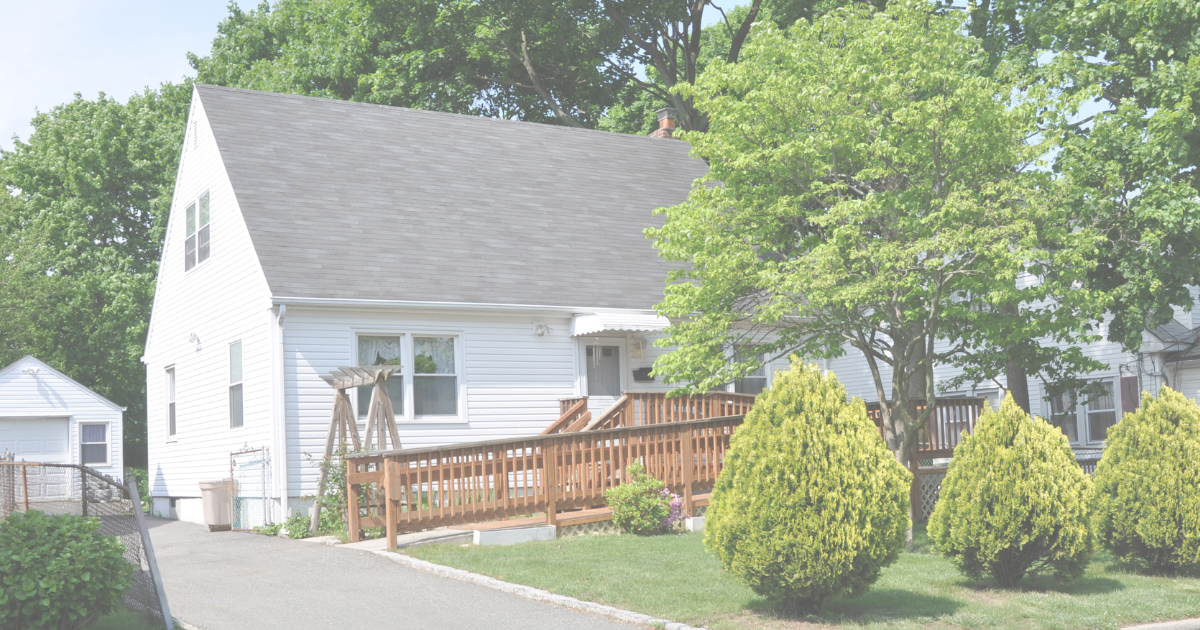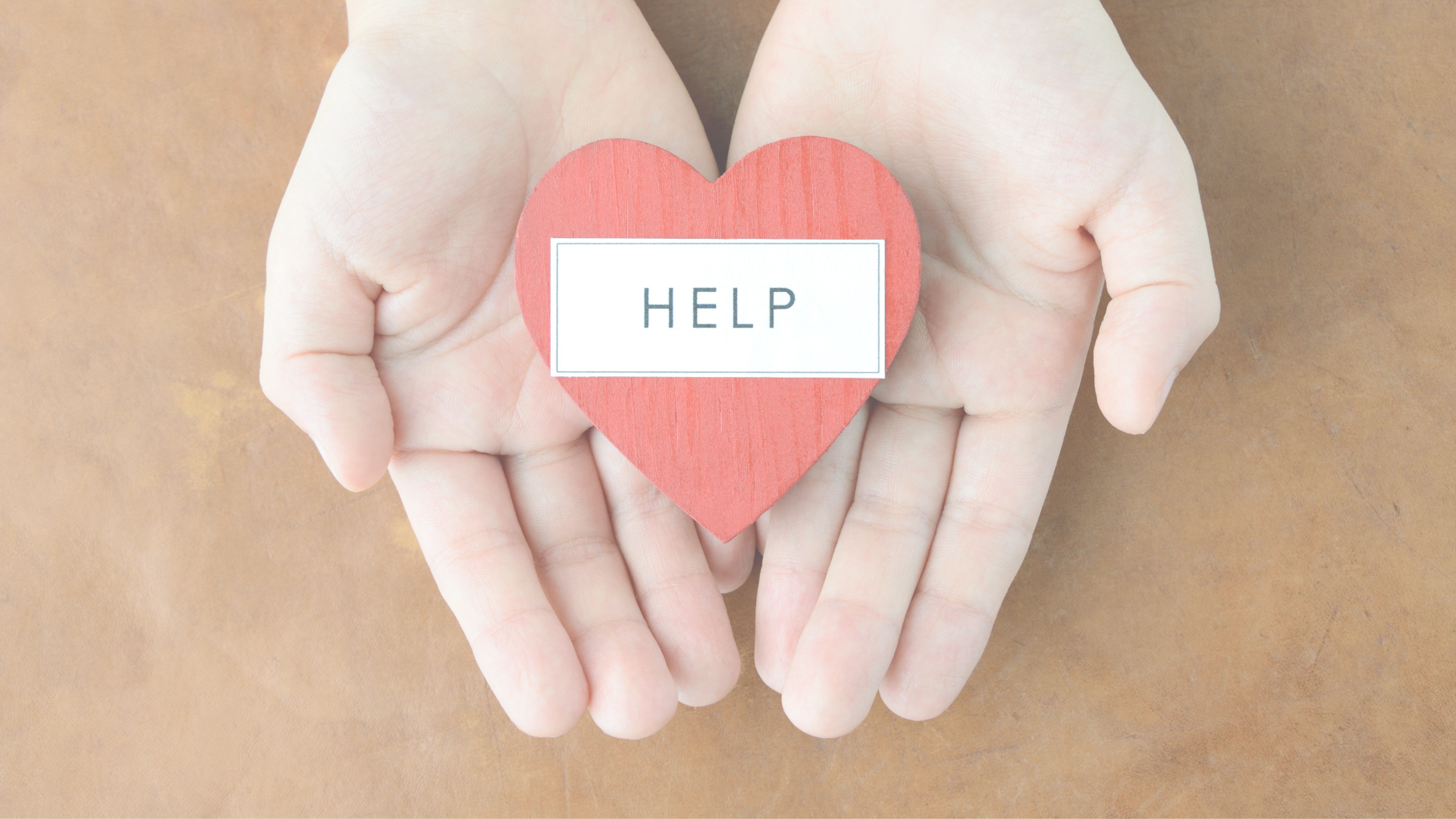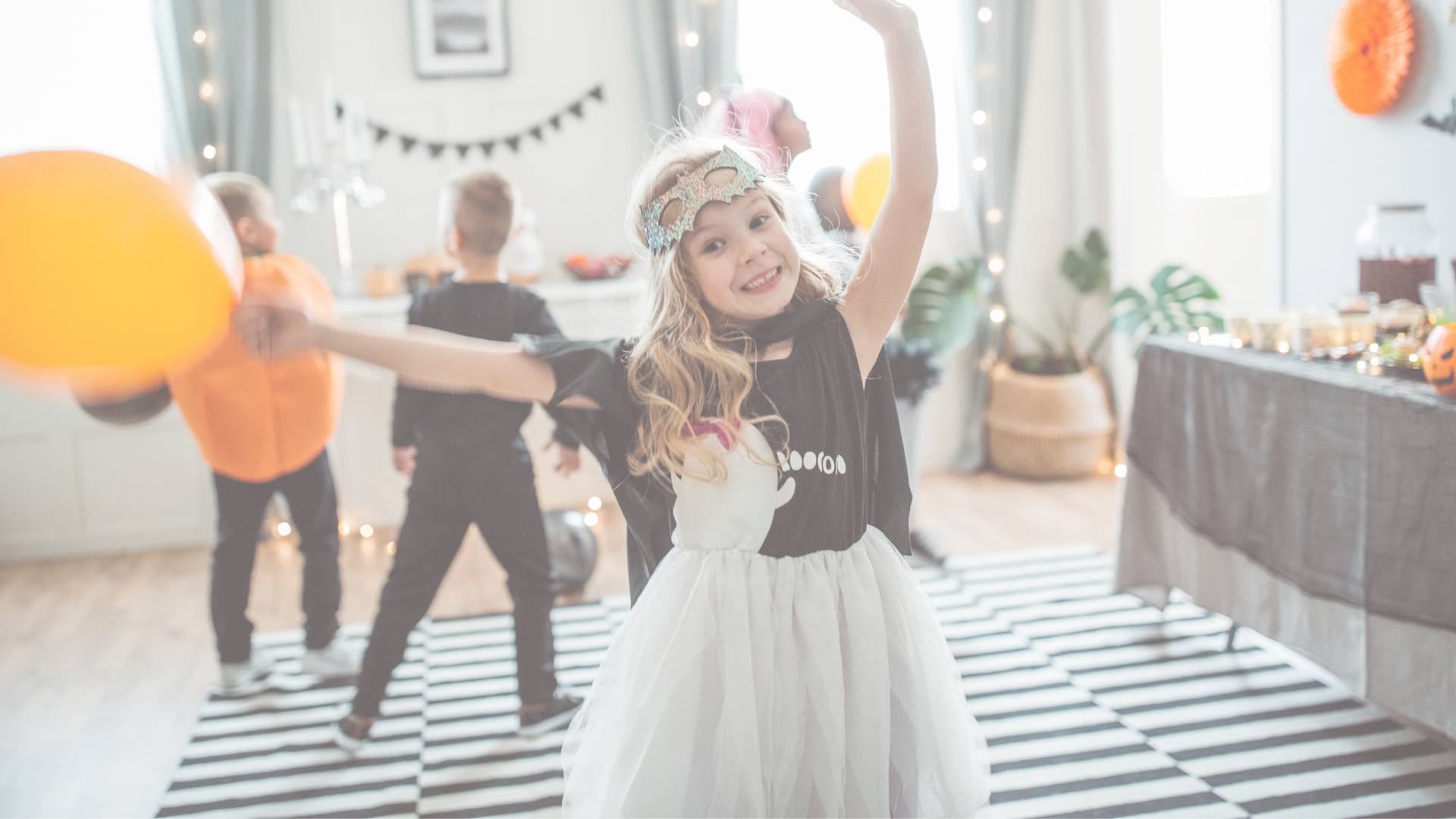Everyone "Needs" a Weighted Blanket
“A weighted blanket is like a hug.”
We have 11 throw blankets in our home.
There are five in the living room.
There is one in the master bedroom.
There is one in my oldest son’s bedroom and…
THREE in my youngest son’s bedroom.
He likes to take off his socks and wrap up in a blanket. Sometimes, he’ll take one blanket to another room and lounge there. He also has a large, fluffy hooded robe that we can probably count as his FOURTH blanket. He, obviously, loves a blanket.
On the weekends, he plays video games and it can sometimes be a little contentious between him and his friends. One Sunday, while listening to a contentious conversation and scrolling the internet, I came across an article about weighted blankets. I’d heard of weighted blankets from friends and how “amazing” they were, but I’d never heard of their benefits. Who knew there were benefits to owning a blanket other than warmth and home decor? Everyone but me, apparently.
As I read the benefits, I was particularly drawn to how they reportedly/allegedly help with self-control in children, and perhaps I was drawn there because of the lack of self-control going on behind me at the moment. Yes, I am fully aware that a weighted blanket is not the cure-all for self-control issues in children, but I kept reading.
“A weighted blanket is like a hug,”
says Rebecca Emmanuelli, patient care director and a nurse at NewYork-Presbyterian Westchester Behavioral Health Center.
Filled with tiny pellets made of glass, plastic, metal, or natural fillers (rice, grain, sand, etc), weighted blankets apply pressure similar to that of a hug or even a swaddle. The gentle, deep touch pressure, as described by occupational therapists, has a calming effect. “Research has found that this type of compression activates the centers of the brain that oversee involuntary processes such as heart rate, blood pressure, respiration and digestion. It has long been used, often to beneficial effect, on individuals with a wide range of sensory disorders.” (UCLA HEALTH)
If I’m honest, these descriptions were really my motivation for purchasing a weighted blanket. I considered his obvious desire for soft, plushy things against his skin, his mild disdain for scratchy fabric against his skin (“can you cut off this tag?”), and his bouts of hyperactivity and impulsivity. I asked him if he wanted a new blanket, and of course he wanted a new blanket. But we also spoke to his pediatrician who said she had her very own lovely weighted blanket. So, we selected a blanket based on his age (10) and weight and added it to cart.*
When it arrived, it was used primarily for sitting and lounging while reading. Blanketed while playing video games with friends…the behavior surrounding that didn't change, but who am I kidding? A 10-year-old has to learn self-control and not be…controlled by a blanket. (ADHD children and video games…a new blog post maybe?)
Now, if you have a child who struggles with inattention and/or hyperactivity (maybe it’s you reading this!), they may also struggle to fall asleep and stay asleep. If there’s been any significant benefit to having a weighted blanket, it has been that—helping him fall asleep.*
How does it make him feel? I asked him. Ten-year-old wisdom says, “It’s comfy. Relaxing. I feel like I can’t be bothered.”
Prior to adults recognizing the benefits, weighted blankets were used in
therapeutic settings
for children as far back as 1987.* But more studies have been conducted recently:
- In February 2023, a study explored how children (ages 6-15) with ADHD and sleeping difficulties experience the use of weighted blankets. Results showed that “using weighted blankets promoted children's management of daily life with ADHD and sleeping difficulties.”
- A 2021 study of “Parents’ Experiences of Weighted Blankets’ Impact on Children with ADHD and Sleep Problems” found that using weighted blankets improved the well-being and life of the children and their families.
Of course, these studies are no indication that a weighted blanket will be as effective for you or your child. Every individual is different and should let their own experience be the guide.
*Sleeping with a weighted blanket may not be safe for everyone. Weighted blankets aren’t recommended for toddlers and infants as the weight of the blanket can keep them trapped. People with chronic respiratory or circulatory issues, asthma, low blood pressure, type 2 diabetes, sleep apnea, and more should consult their doctor before considering using a weighted blanket. (Sleep Foundation)
Dr. Daniel Barone, the associate medical director of the Center for Sleep Medicine and an assistant attending neurologist at NewYork-Presbyterian/Weill Cornell Medical Center, says that when it comes to helping people sleep and overcome insomnia, his philosophy is: “If it doesn’t hurt but may help, it’s worth a shot.” He adds, “The swaddling effect could provide a feeling of being more secure. (NYP)
What other issues might a weighted blanket help with? A few, actually, but we were able to find more studies on potential success in use with people who experience anxiety.
Research is limited, but findings suggest a positive effect of weighted blankets on people with anxiety. (NYP)
- A 2015 exploratory study in Occupational Therapy in Mental Health followed 30 adults during an inpatient mental health hospitalization. It found that blankets significantly reduced anxiety in 60% of the patients. Participants reported that the blankets helped them feel safe, comforted, and grounded.
- An earlier study of 32 adults found that in 33% of users, a weighted blanket lowered blood pressure and pulse rate; 63% reported lower anxiety; and 78% preferred a weighted blanket as a way to calm themselves.
- Both studies indicate more research is necessary.
Create your own experience **slash** experiment! Weighted blankets are available in all colors, sizes, and weights. Neutral colors can be used in home decor. Throw it over the arm of a chair or a sofa—easy access for later placing over one’s lap for an afternoon read or nap. As of writing this blog, my 14-year-old has walked in and asked for his own personal weighted blanket. Now, his total blanket count will be two. I need to catch up. Or I'll just try his.
Do you have a weighted blanket? Comment below and tell us about your experience!
Photo Credit : Kimberly Wright










